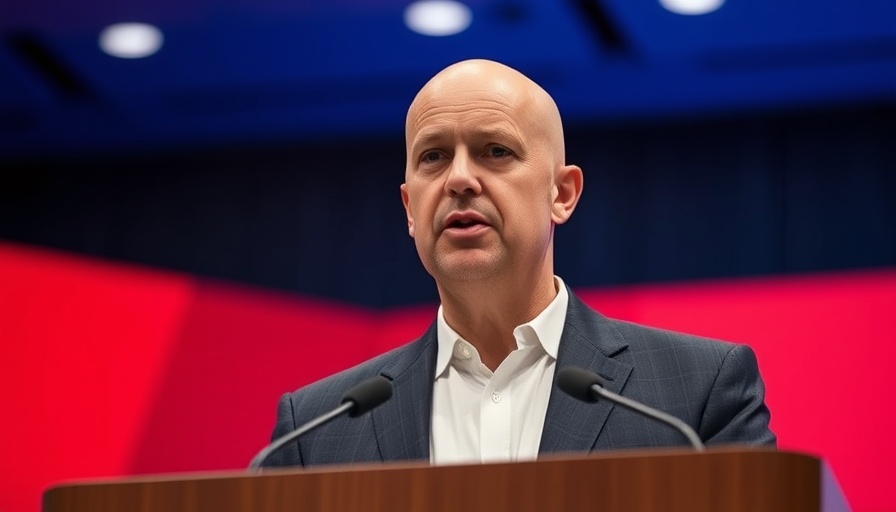
Ronald Perelman and the Question of Value
The courtroom in New York buzzed with anticipation as the trial of billionaire Ronald Perelman began, centering around a staggering $410 million art insurance claim. The question at stake isn't merely about money but the essence of value in the art world—what constitutes 'oomph' in a work of art? This term, representing the visual and emotional impact of a piece, could significantly sway the case's outcome.
Art as Investment: The Financial Stakes
For many affluent collectors, art serves as both a passion and an investment. Perelman’s art collection has experienced a volatile journey, and this case illustrates the precarious intersection of wealth and testimony. Top wage earners in Philadelphia can certainly relate; many view art not just as decor but as a cornerstone of their financial portfolios.
Understanding the Art Insurance Landscape
The art insurance industry functions as a safety net for collectors, but it often involves complex evaluations. In Perelman’s situation, details such as the previous valuations of his collection and the clarity surrounding the insurance policies are pivotal. For collectors and investors alike, understanding the nuances of art insurance is crucial in safeguarding their prized possessions.
Connecting Community Value with Artistic Expression
Perelman’s trial draws attention to a broader theme: how does art encapsulate the values of a community? The stories behind pieces, including those that reflect local heritage and identity, can provide a sense of belonging. This consideration is particularly relevant for our regions' top wage earners, many of whom engage with local artists and contribute to grassroots art initiatives.
Future Predictions: Shifting Perspectives on Art Valuation
As the trial unfolds, one can anticipate shifts in how both collectors and insurers approach art. A greater emphasis on the emotional and narrative connections to art may emerge, reshaping valuation metrics in ways that go beyond mere financial calculations. This evolution could enhance the authenticity and connection individuals find in their collections.
In closing, the ongoing trial of Ronald Perelman serves as a spotlight on the intricate relationships between art, community, and wealth. For those who view art as a vital asset, keeping abreast of these developments will be essential in navigating their investments. Understanding the heart of what makes art valuable, not just monetarily but emotionally, can truly enhance the community bonds we cherish.
 Add Row
Add Row  Add
Add 




Write A Comment